Costa Rica 2019
As part of our experiential learning module for our Animal Science course we have all taken part in a study tour to Costa Rica, which took us to Tortuguero national park in the north east corner of Costa Rica. We stayed at Esmerelda Lodge which was located a few miles outside the national park.
During our study tour, we worked with an organisation called Global Vision International (GVI). They provided three of their staff as guides for us for our two weeks in the jungle and taught us so much during the trip.
Whilst at the lodge we took part in a range of surveys on their three main trails, which were a range of forest densities. The least dense of the three was the main trail, followed by the bridge trail. The tapir trail was the densest of them all. These surveys were done to collect data on species diversity, species abundance and for ecological information. They included forest surveys, night surveys, mini project surveys, turtle walks and bird boats.
The forest surveys and night surveys are all done to check the biodiversity of an area. This is done by noting every species seen in a certain area or along a certain trail. For these surveys we went out in groups of between four and eight and chose a trail to see what species we could see.
The night surveys work differently as they are done in the dark, so we used head lights to see into different areas – either the ground, eye height and the canopy. The surveys were done with around six people in each group, so that there were enough people to look out into each area, with two people looking at each section on each side of the trail.
When looking at the ground and at eye height you were looking for any animals or any movement, whereas when you were looking into the canopy you were looking for eye shine. This is where the eyes reflect the light of the head torches.
The bird boats are a very fun boat survey, as you go out onto the canal and spot different canal birds. We also looked for other species during this survey and saw a range of mammals, including sloths!
The turtle walk is a survey done at night, where you walk along the tide line with no light, looking up the beach for the trails left behind by turtles. These turtle walks were great due to the calmness of walking along the beach at night with all the stars out. One night a few of us actually did get the chance to see an adult leatherback sea turtle, which was a fantastic experience.
When walking towards the turtle we used red light, as the turtle’s eyes are not developed to see this, meaning we were able to get very close to her without disturbing her nesting. We had the chance to feel her thick skin on her back, as leather backs don’t have a shell, but have some very thick skin. We also got to feel one of her back flippers which was a strange feeling, as it was both hard and squishy at the same time.
The last survey we took part in was our mini project survey. These mini projects were based on different taxa found in the jungle, from which we could choose either the butterfly project, reptile project or a bird project. During our time in the jungle we were also given a range of informative talks. These talks were given mostly by the GVI staff who were working as our guides, but we also received a talk by a lady who worked for the sea turtle conservancy – the main sea turtle conservation group all over the Caribbean.
I would highly recommend this trip to anyone looking to work in field conservation out in the tropics any time in their future, as it gave us a wide range of experience in the jungle and the trip was a lot of fun.
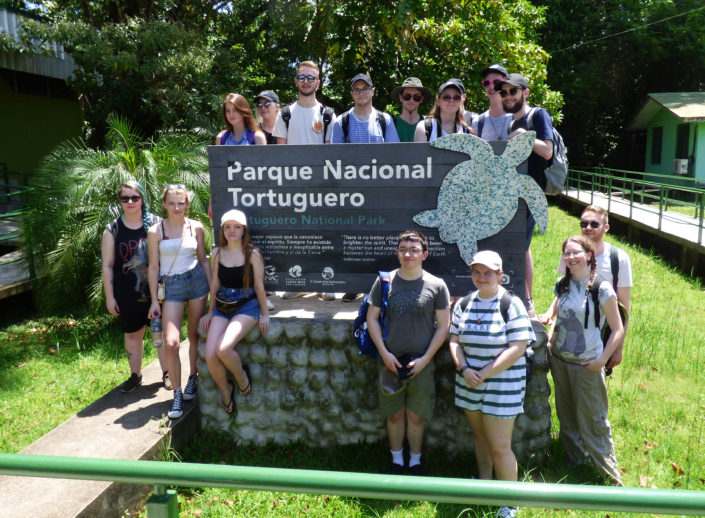
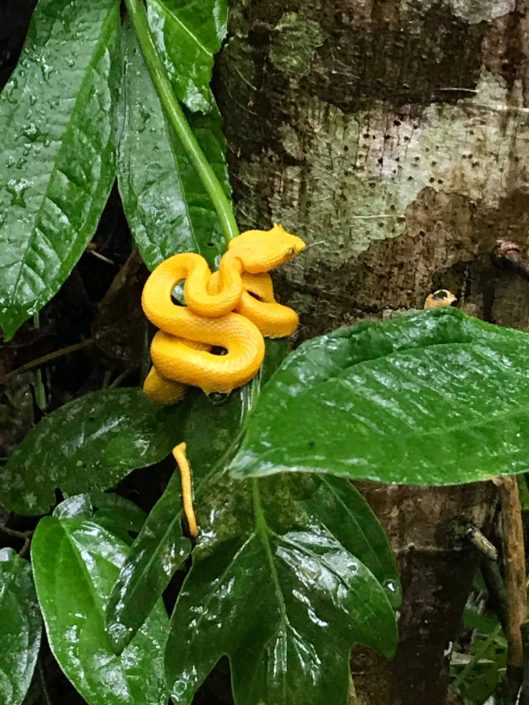
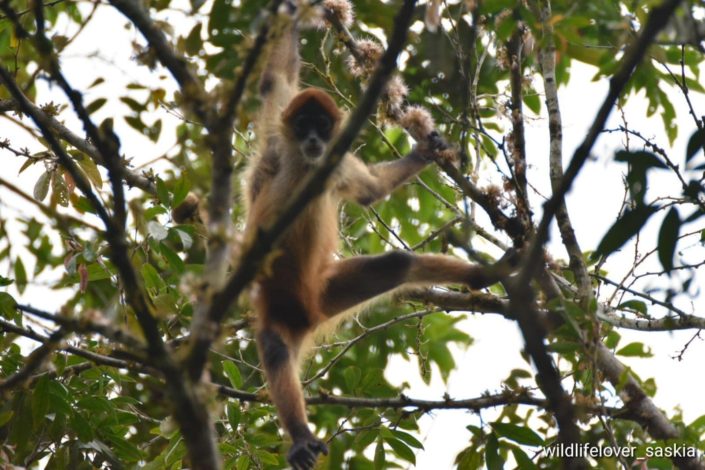
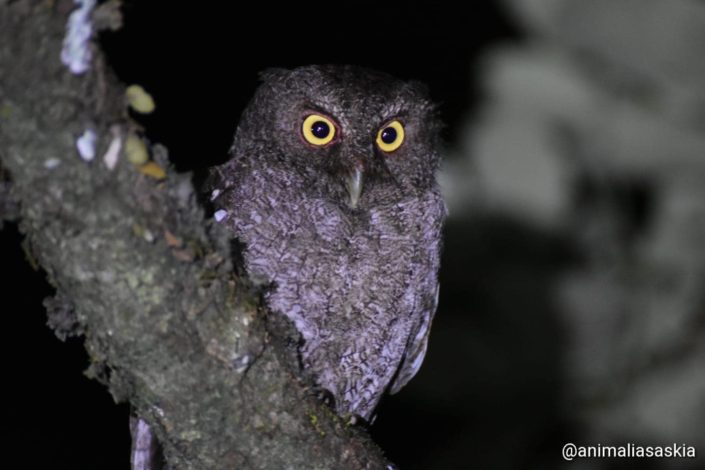
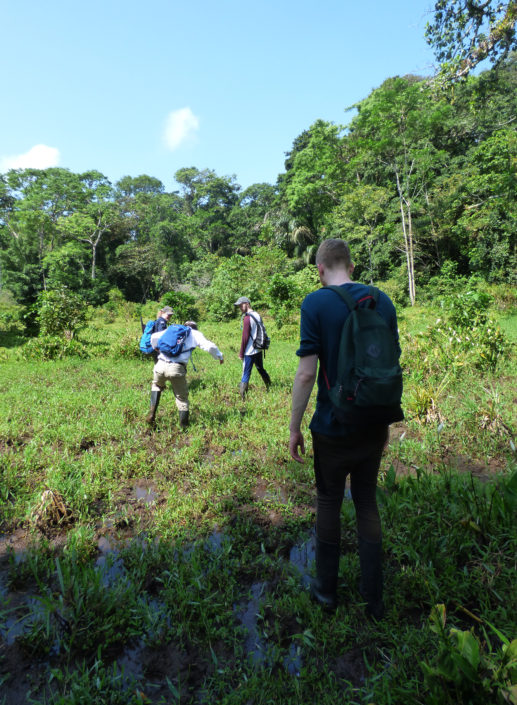
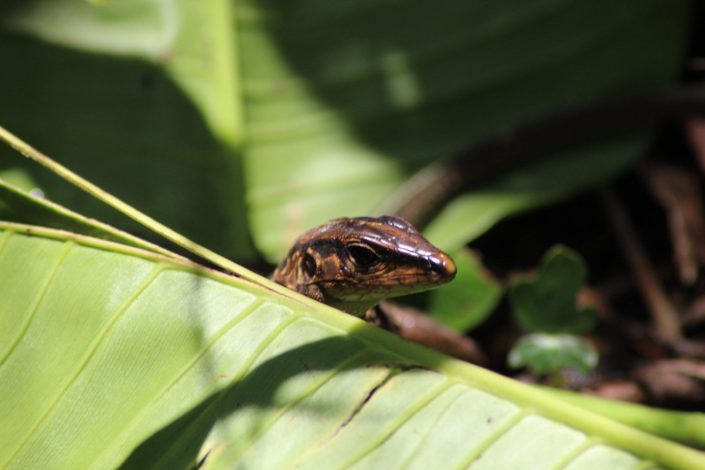
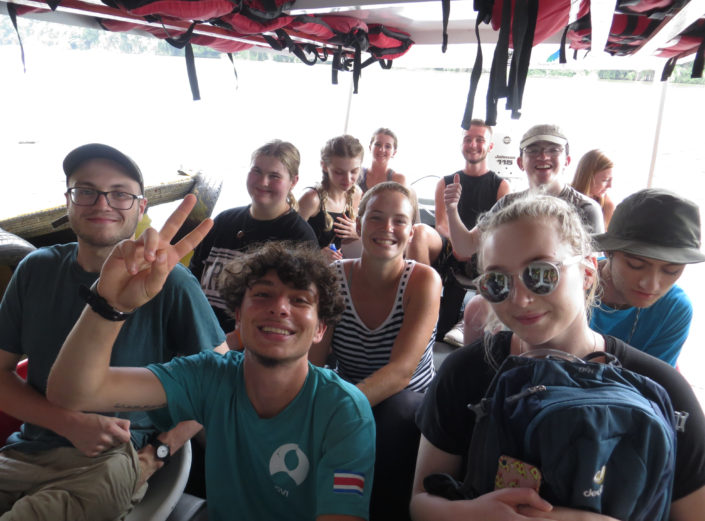
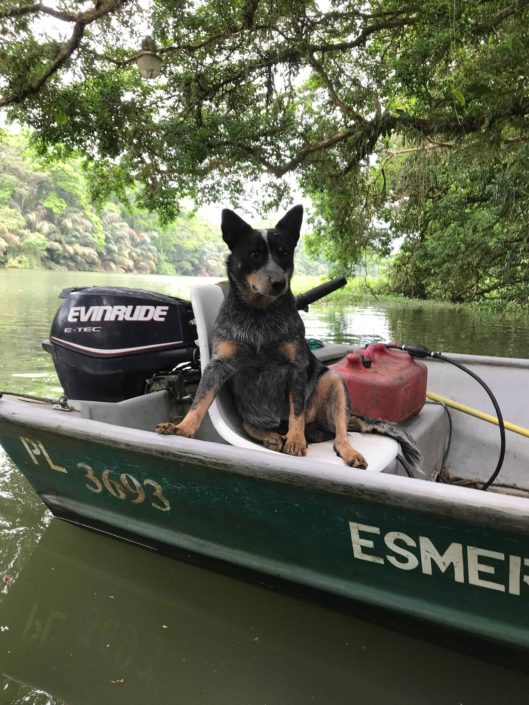
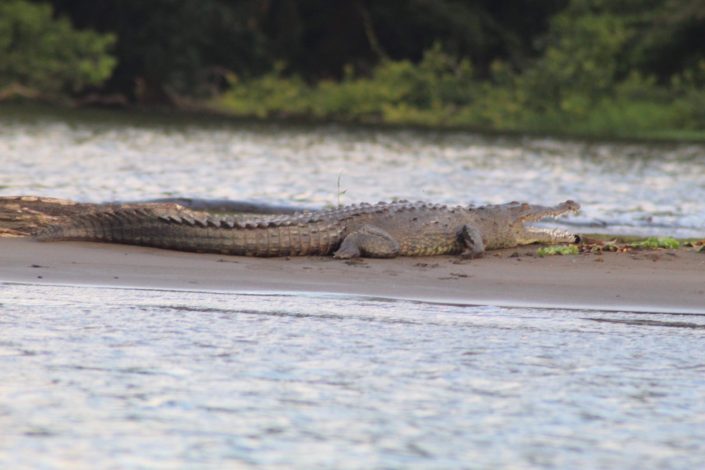
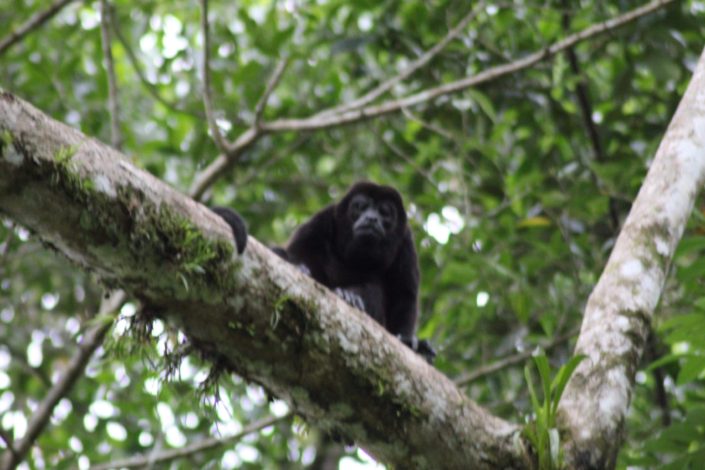
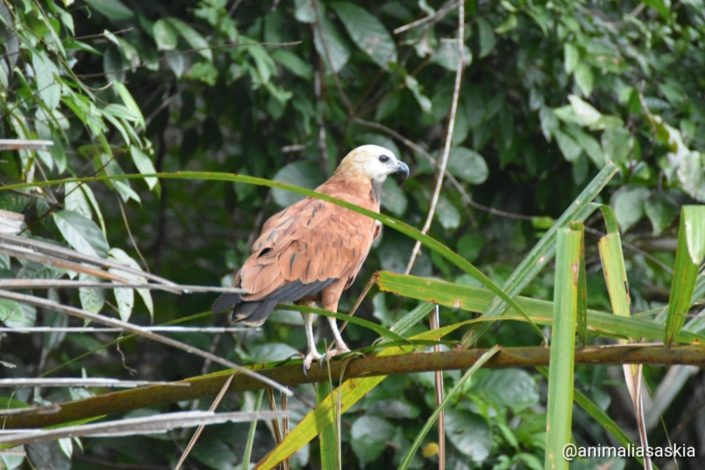
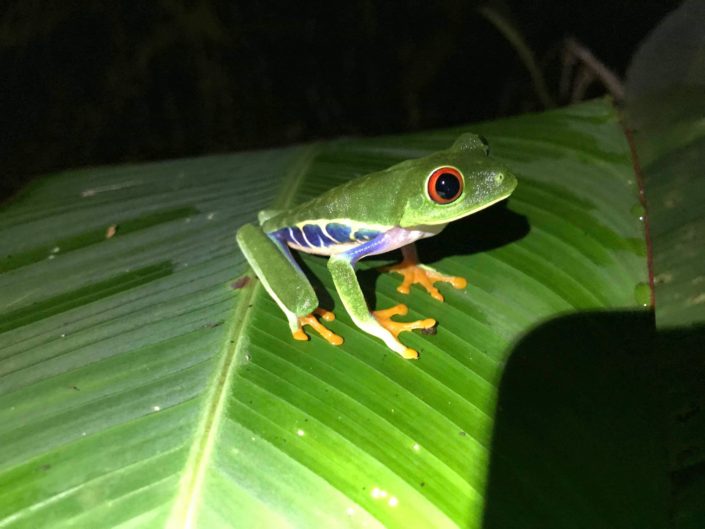
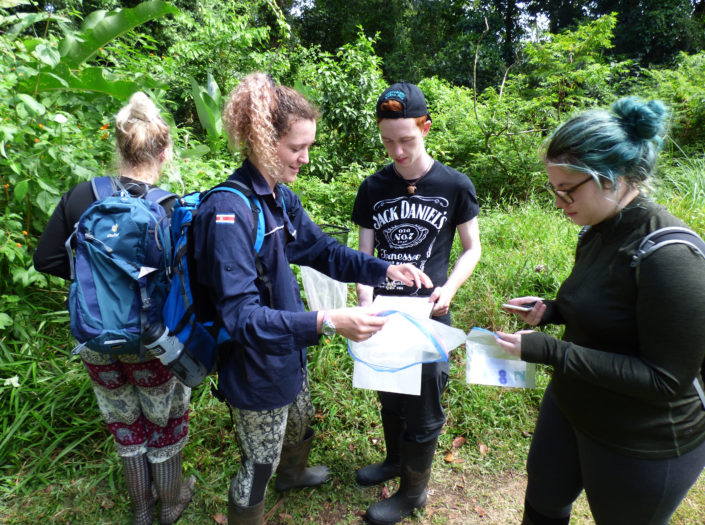
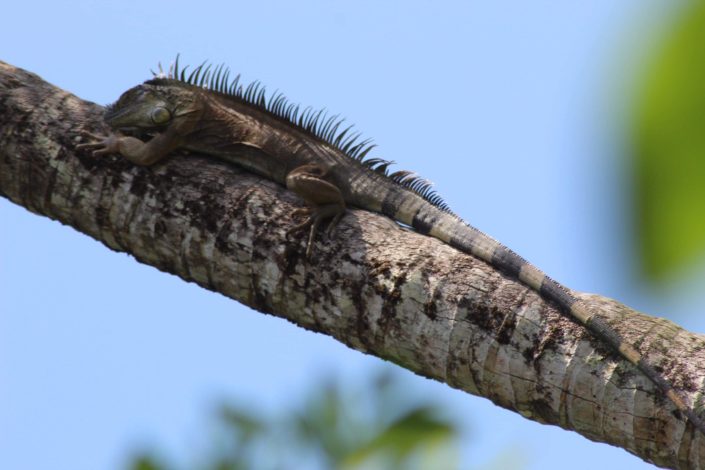
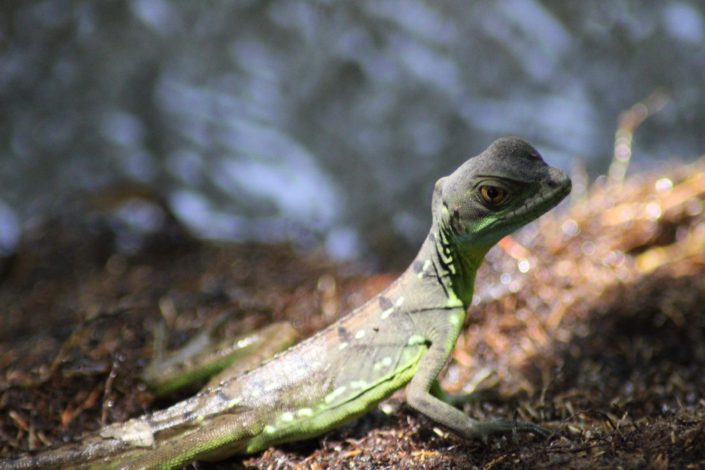
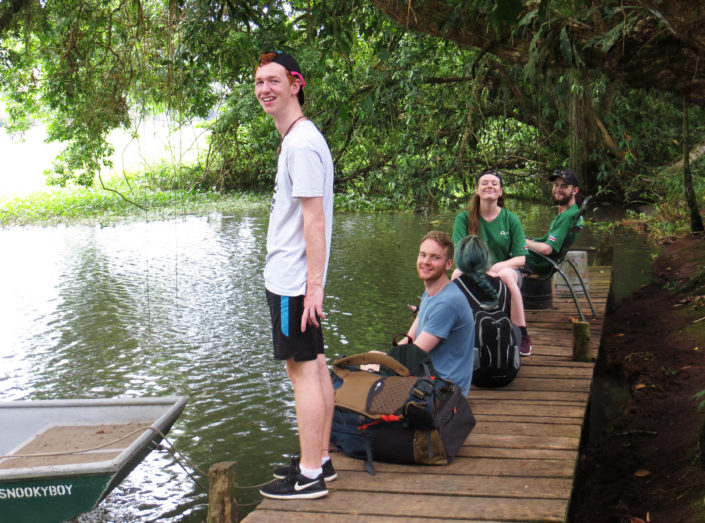
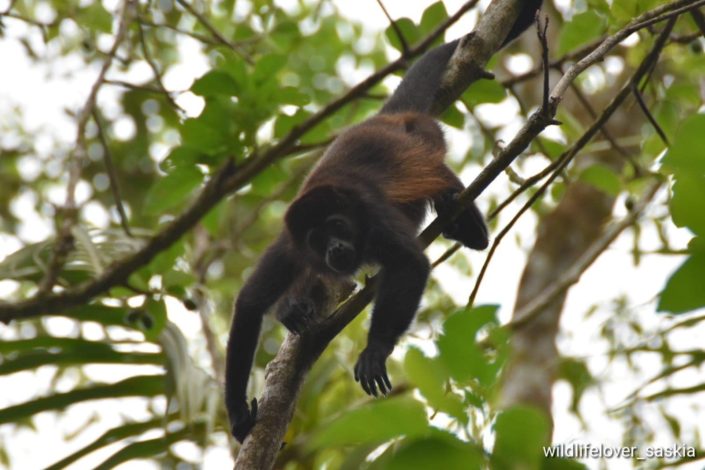
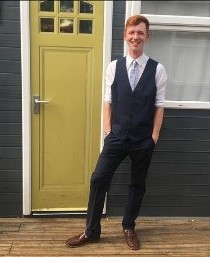 My name is Cai and I am currently on my second year of studying zoo management at University Centre Reaseheath. Over my time at Reaseheath I have worked very closely with the student life team as part of the student association. In doing so I have helped to arrange events such as winter ball, barn dance and summer ball.
My name is Cai and I am currently on my second year of studying zoo management at University Centre Reaseheath. Over my time at Reaseheath I have worked very closely with the student life team as part of the student association. In doing so I have helped to arrange events such as winter ball, barn dance and summer ball. My name is Adam I am also currently in my second year of zoo management at University Centre Reaseheath. Through doing so I am hoping to start working as a zoo keeper working with both large mammals and reptiles.
My name is Adam I am also currently in my second year of zoo management at University Centre Reaseheath. Through doing so I am hoping to start working as a zoo keeper working with both large mammals and reptiles.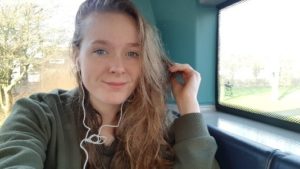
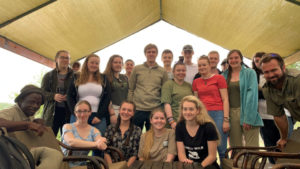 To condense my two weeks in South Africa into a short blog entry is challenging, as I took part in some life changing and vitally important conservation work, reaffirming my passion for wildlife conservation. Working with both black and white rhino at Care for Wild Rhino Sanctuary, was a privilege and one which enabled us VIP access to rhino rehabilitation, conservation and release.
To condense my two weeks in South Africa into a short blog entry is challenging, as I took part in some life changing and vitally important conservation work, reaffirming my passion for wildlife conservation. Working with both black and white rhino at Care for Wild Rhino Sanctuary, was a privilege and one which enabled us VIP access to rhino rehabilitation, conservation and release.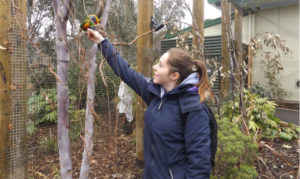 Check out Abbie’s Vlog from the Edinburgh Study Tour!
Check out Abbie’s Vlog from the Edinburgh Study Tour!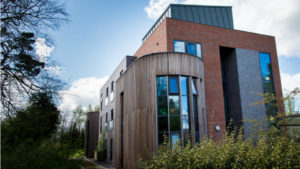 As a prospective Reaseheath student, now is the time to apply for student accommodation if you haven’t already! As a student myself I can understand that you are probably going to have a few questions relating to living on site, so I am going to try and answer a few of them for you, which will hopefully help you feel a bit better about moving out of home for the first time!
As a prospective Reaseheath student, now is the time to apply for student accommodation if you haven’t already! As a student myself I can understand that you are probably going to have a few questions relating to living on site, so I am going to try and answer a few of them for you, which will hopefully help you feel a bit better about moving out of home for the first time!


